Mirin Substitute
Mirin adds delicious, authentic flavor to homemade Japanese recipes. But if you don’t have any, or prefer to use something non-alcoholic, this list of 15 Mirin substitute options has got you covered.

Many Japanese recipes call for Mirin, a sweet rice wine commonly used in marinades, sauces, and glazes. It adds a unique flavor and is a key ingredient to have on hand when cooking Japanese cuisine. But what if you don’t have any? Luckily, there are other ingredients that can be used as a Mirin substitute, some of which you probably have in your pantry already!
I always try to keep a bottle of Mirin stashed away, but once opened, it seems to only last about two months. On those occasions when I’ve found myself to be out, or my bottle is past its prime, I need a quick Mirin substitute.
Just like I’ve needed to reach for one of these Worcestershire Sauce Substitutes, or an Oyster Sauce Substitute and Soy Sauce Substitutes from time to time.
Over the years, I’ve experimented with different ingredient swaps, some more successful than others. And the result of my trial and error? This complete list of substitutes for Mirin sauce I am happy to share with you!
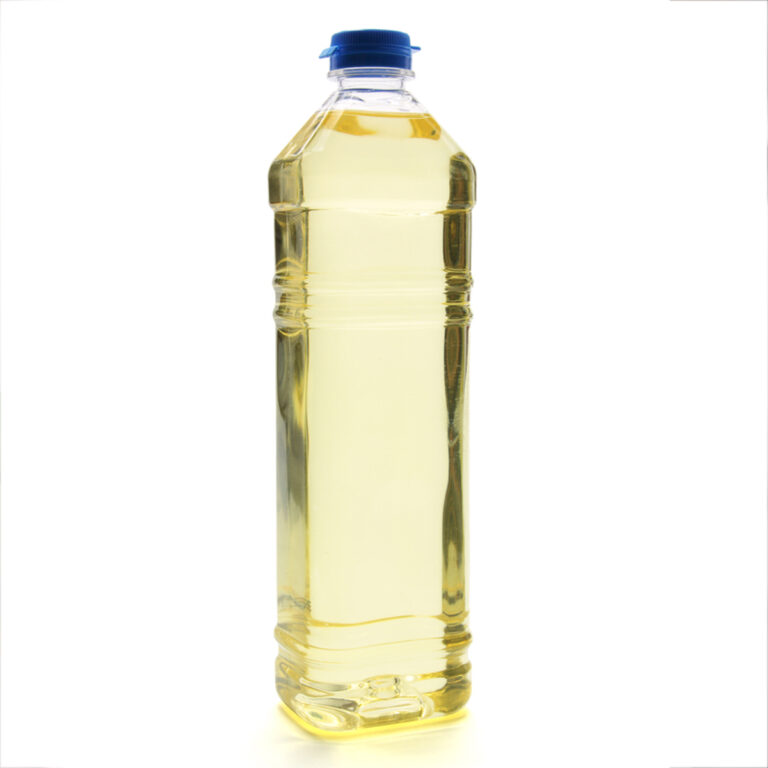
What Is Mirin?
Mirin is a type of sweet Japanese rice wine commonly used in Japanese cuisine. It is a critical ingredient in many traditional Japanese dishes and is known for its sweet and tangy flavor. Mirin is made from fermented rice, similar to sake, but with a lower alcohol content and a higher sugar content.
Mirin adds a subtle sweetness to sauces, marinades, and glazes and helps balance out the dishes’ flavors. It is commonly used in teriyaki sauce, sukiyaki, and other stir-fry dishes. Mirin also has a mild tenderizing effect on meats and can help reduce fishy odors in seafood.
It’s worth noting that different types of mirin are available, including hon mirin (true mirin) and mirin-like condiments. Hon mirin is considered the highest quality and is more expensive, while mirin-like condiments are typically cheaper and contain less alcohol and more sugar.
When choosing mirin for Japanese cooking, it’s best to look for one that lists “hon mirin” or “real mirin” on the label to ensure an authentic flavor.
How To Substitute For Mirin Sauce
If you don’t have mirin on hand or prefer to avoid alcohol, you can use any of these great mirin substitutes in your cooking. While these substitutes for mirin can mimic the sweetness of mirin, they may not replicate the full flavor profile but can still contribute to a delicious dish.
Consider adjusting your recipe’s other seasonings and ingredients to achieve a well-balanced flavor.
Ready to learn what you can substitute for Mirin? Then read on for….
15 Mirin Substitutes
1. Sweet Sake
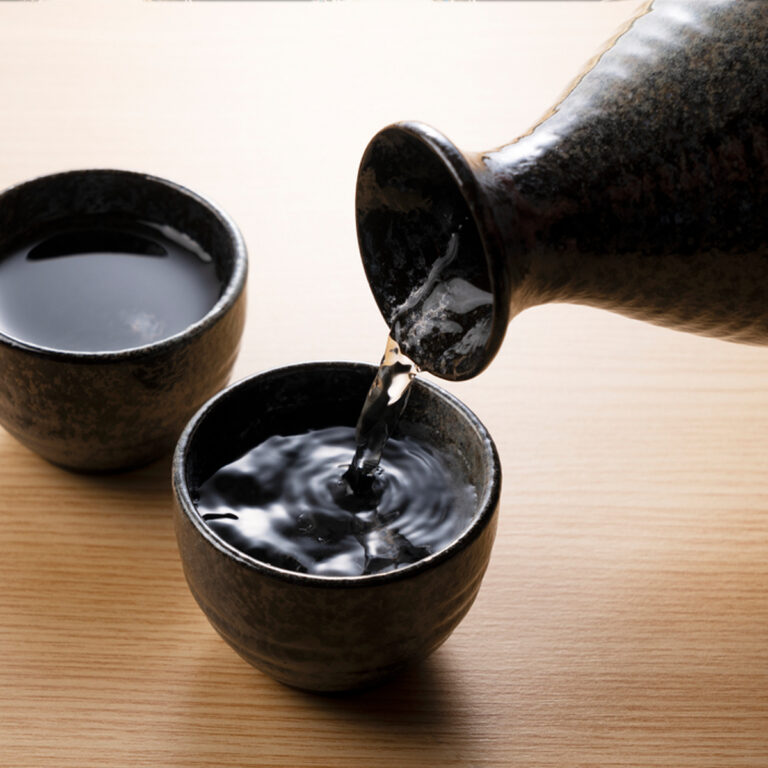
Mirin is often described as having a sweet taste and tangy flavor so that you can substitute it with sweet sake. Use sweet sake in the same quantity as the mirin called for in the recipe.
2. Sherry

Sherry is a strong, sweet fortified wine that’s made from grapes. It has a similar taste profile to mirin and makes a great one-to-one substitute for mirin sauce. If using dry sherry, add a bit of granulated sugar.
3. Rice Wine Vinegar and Sugar
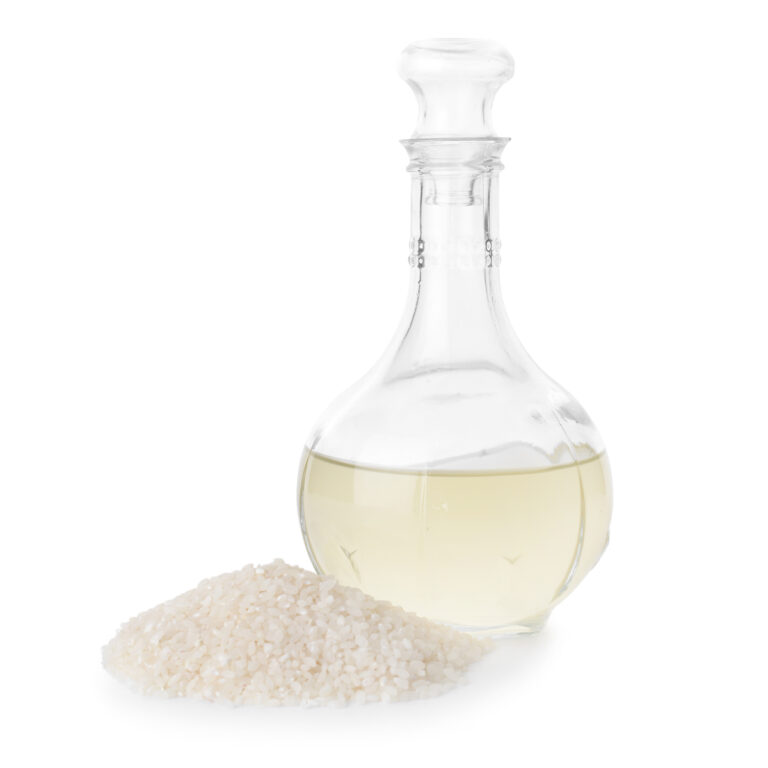
For every tablespoon of mirin required, mix one tablespoon of rice wine vinegar with one teaspoon of sugar. Although rice vinegar and sugar won’t provide the same depth of flavor as mirin, they can add a touch of sweetness to your dish.
4. Dry Sake and Sugar
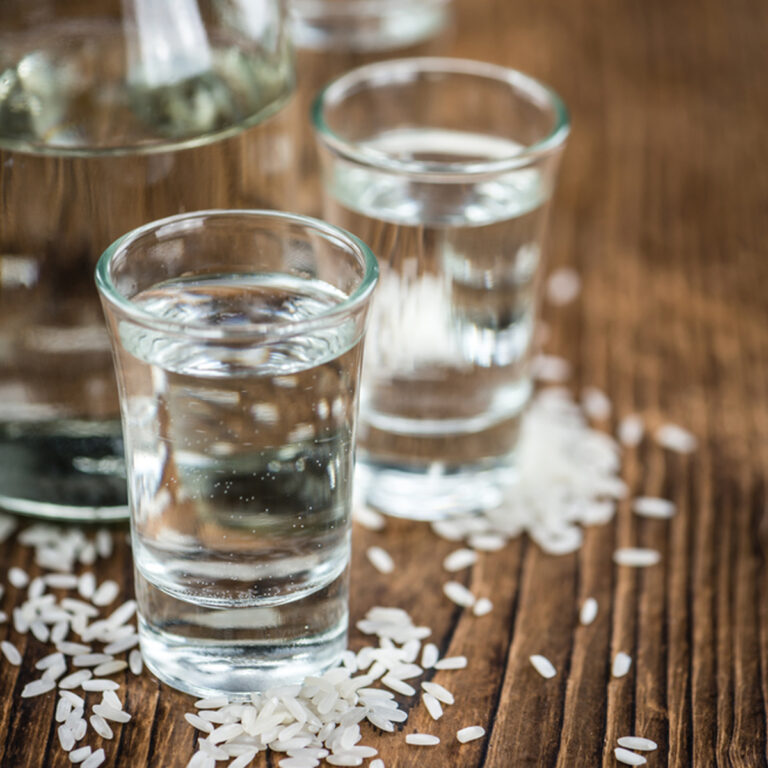
If you don’t have sweet sake on hand, another option is to mix sake and sugar to mimic the sweetness of mirin.
Use an equal amount of sake as the mirin required in the recipe, and then add sugar to taste. Start with around a teaspoon of sugar per tablespoon of sake, and adjust as needed.
5. White Wine

A sweet, but not too sweet, white wine is a simple mirin substitute that most people have on hand. You can also use dry white wine and sweeten it to taste with a bit of white sugar as a great mirin substitute.
6. Vermouth
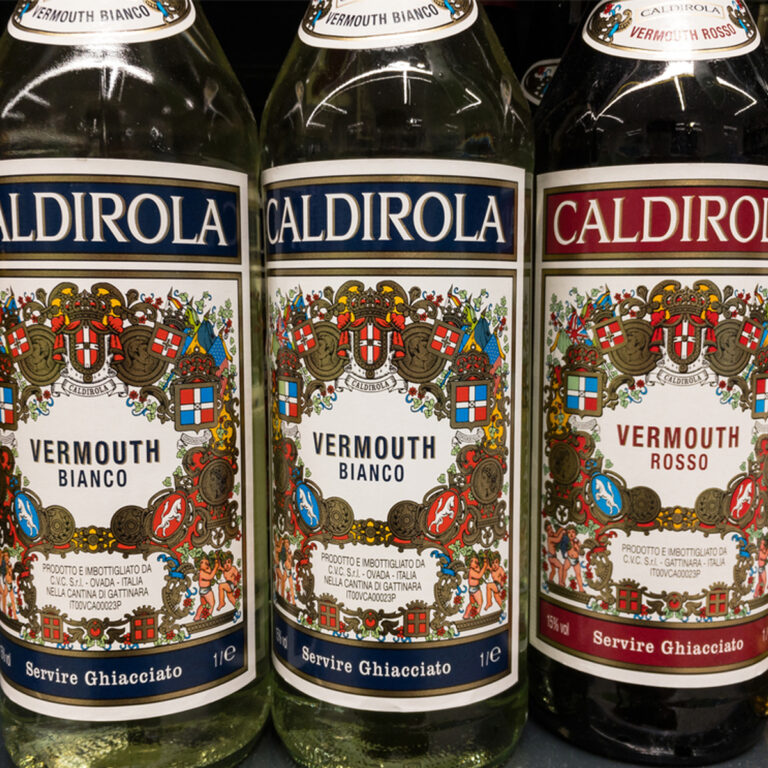
Both dry and sweet vermouth can be a perfect substitute for the mirin sauce that you probably have in your liquor cabinet. Dry vermouth can be sweetened with a bit of sugar to match the sweetness found in mirin.
7. White Grape Juice

Sometimes adding alcohol to a dish just isn’t an option. If you’re looking for a non-alcoholic substitute, white grape juice has a natural sweetness that can provide a similar flavor to mirin.
Use it in the same quantity as the mirin called for in the recipe. You may also substitute other mild-flavored fruit juice, such as apple juice.
8. White Wine Vinegar
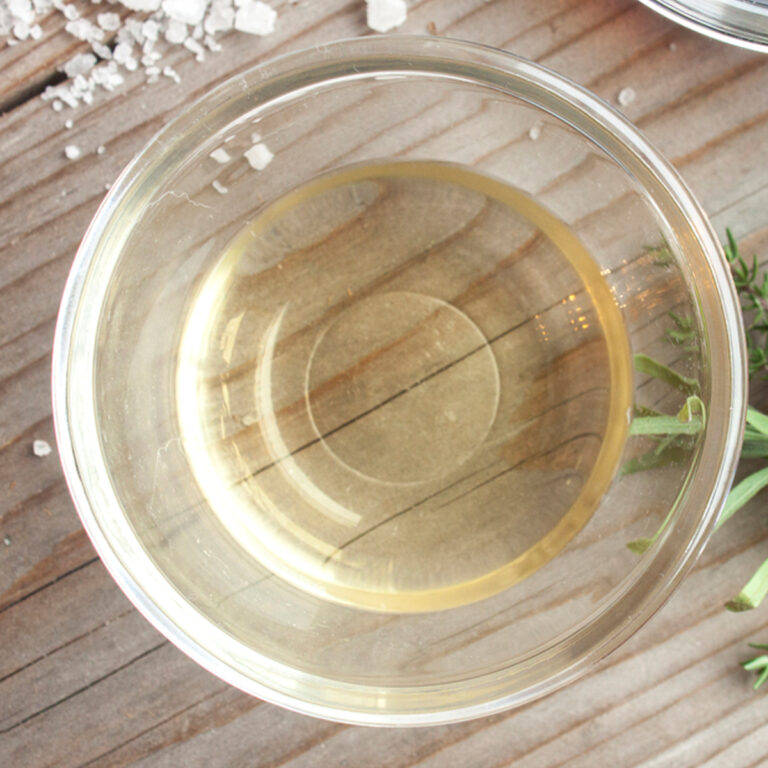
Although made from white wine, white wine vinegar doesn’t have alcohol. It’s also not as sweet as mirin, so like many of our other options, you will want to add a bit of sugar. White wine vinegar lacks the tang found in mirin and should be used as a last resort.
9. Aji-Mirin
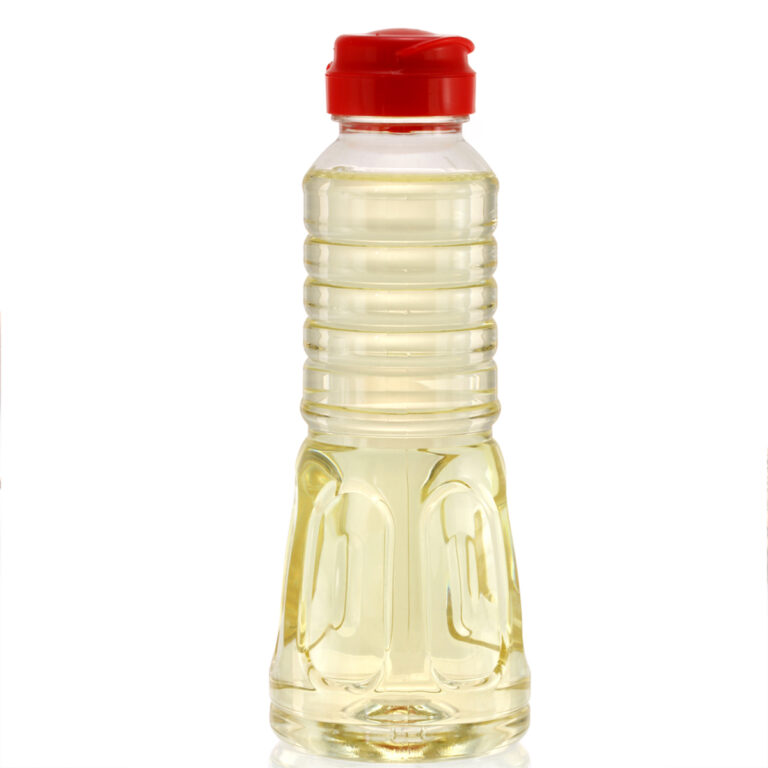
This translates to “tastes like mirin” but is not truly mirin. Aji-mirin is made with corn syrup and other sweeteners. It is much sweeter than real mirin but is more readily available in grocery stores.
10. Sweet Marsala Wine
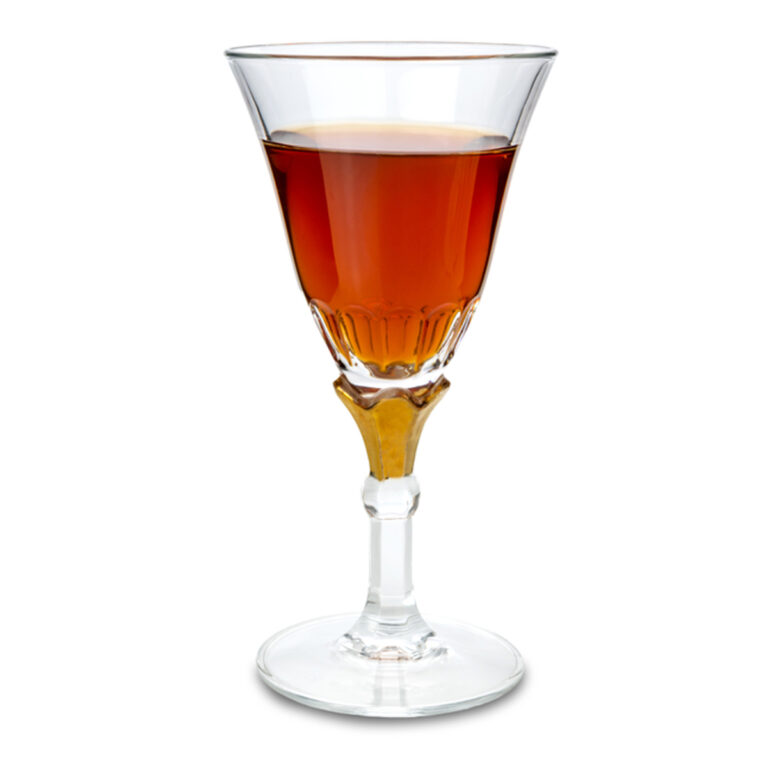
Substituting sweet Marsala wine for mirin may alter the flavor of the dish, but it can still work in certain recipes. Sweet Marsala wine has a distinct grape flavor and a sweeter profile compared to mirin. Substitute mirin with sweet marsala measure for measure.
11. Shaoxing Wine
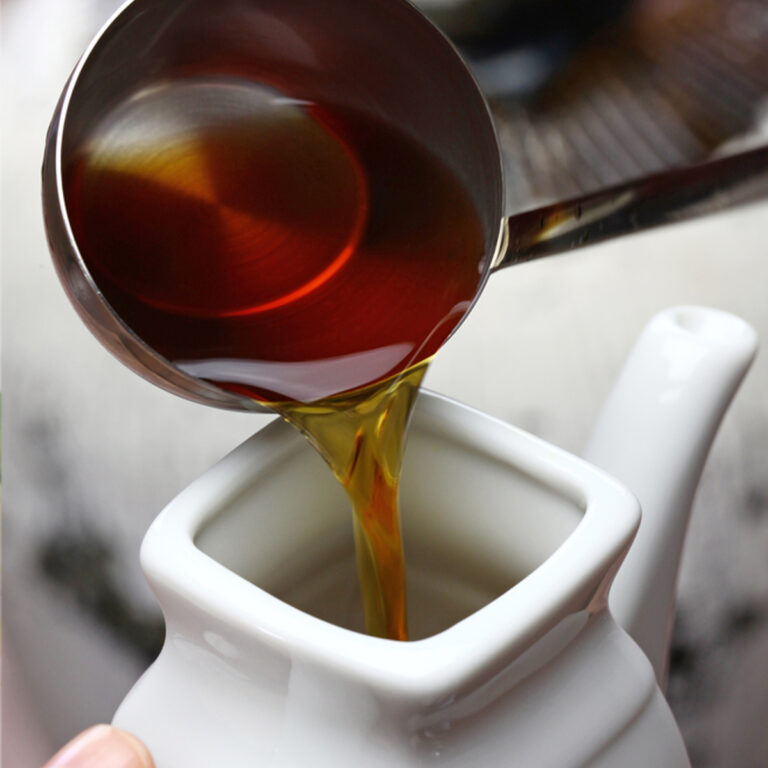
Shaoxing wine is also known as Chinese cooking wine. It’s a great substitute in recipes where the mirin is cooked but may be too intense for raw application.
12. Kombucha
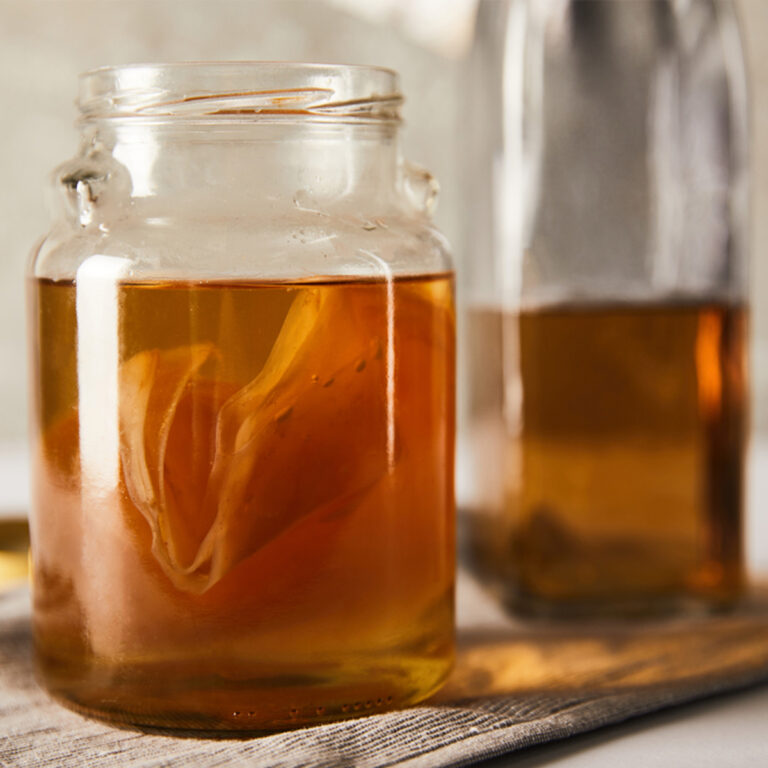
Plain, unflavored kombucha is a fermented drink made from black or green tea. Kombucha can bring sweetness and acidity to a dish but is also quite bubbly due to the fermentation process.
While flavored kombucha is not recommended, plain kombucha is a great one-to-one substitute for mirin.
13. Agave and Water
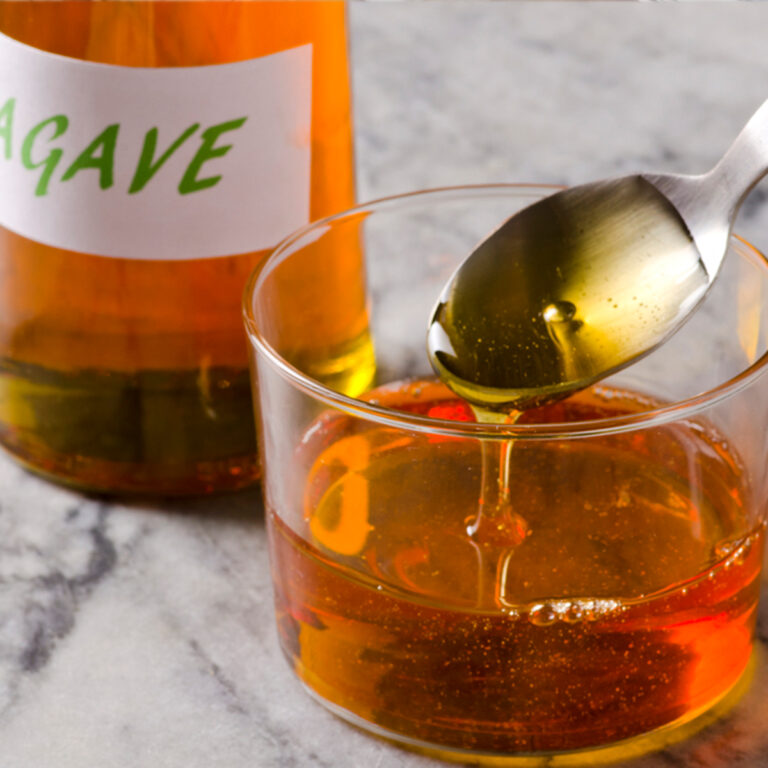
Agave mixed with water will match the sweetness of mirin but not the tart, umami flavor found in mirin. It’s a great option when sweetness is the flavor you need.
14. Apple Cider Vinegar
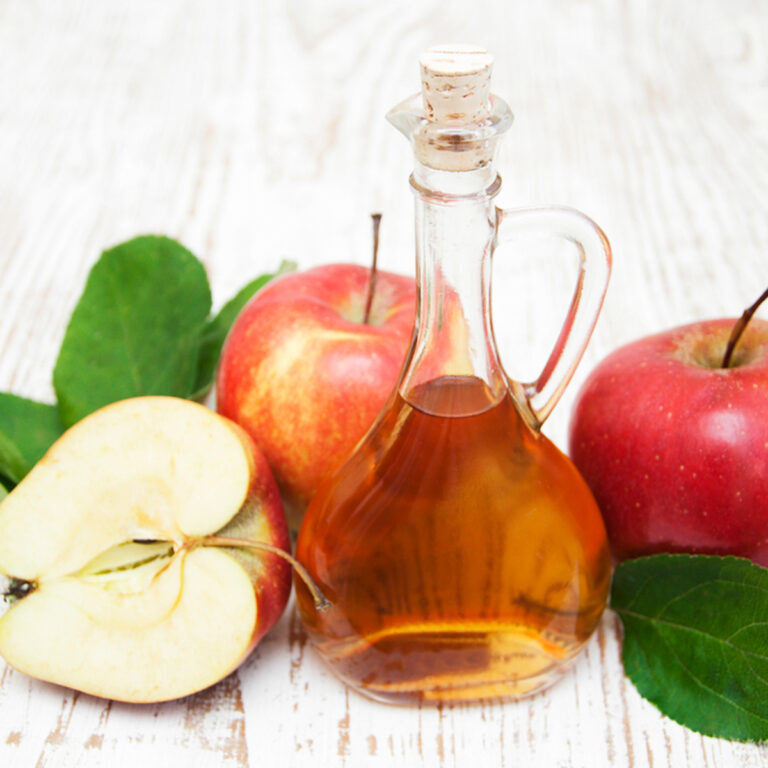
Most people keep apple cider vinegar in their pantry. It’s a simple yet effective substitute for mirin, bringing a tangy flavor, although it does lack sweetness. You can balance the tang by adding sugar to taste.
15. Nothing
Sometimes, the best substitute is not to substitute anything at all. Depending on the dish or how mirin is used in a dish, simply omitting it altogether may be the best option.
FAQs
Although quite sweet, mirin contains about 14% alcohol. If you prefer to cook without alcohol, you should select a non-alcoholic substitute.
Mirin sauce adds a subtle sweetness, umami complexity, and a glossy finish to dishes. It plays a crucial role in Japanese cuisine and is particularly popular in teriyaki sauces, stir-fries, marinades, and glazes.
Serving Suggestions
- Instant Pot Teriyaki Salmon.
- Easy Instant Pot Hibachi Chicken Dinner.
- Air Fryer Asian Tofu Wrap.
- Instant Pot Teriyaki Chicken.
- Air Fryer Peanut Butter Banana Spring Rolls.
More Recipes You May Like
- 5-Minute Ginger Sauce.
- Bang Bang Sauce.
- Honey Mustard Dressing.
Thank you for reading my Mirin substitute recipe post. And please come visit again as I continue to slice, dice, and dream up affordable Air Fryer recipes, Instant Pot Recipes, Southern Recipes, and more. Thanks for supporting Recipes from a Pantry, food blog.










